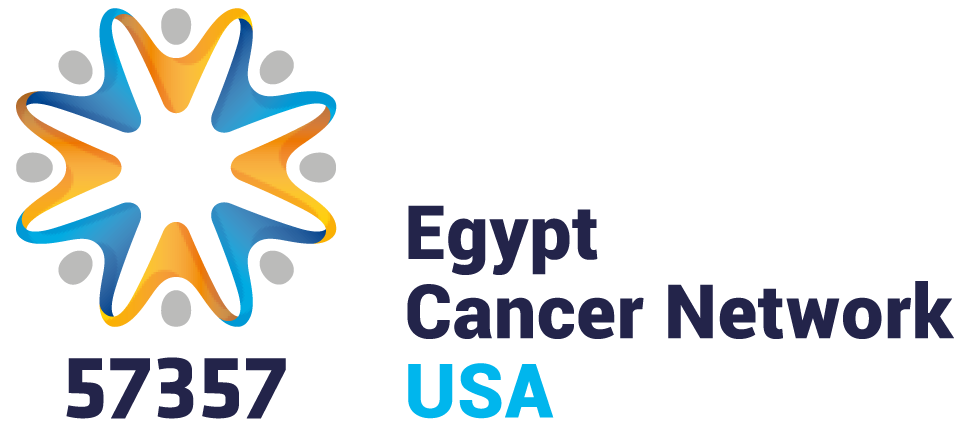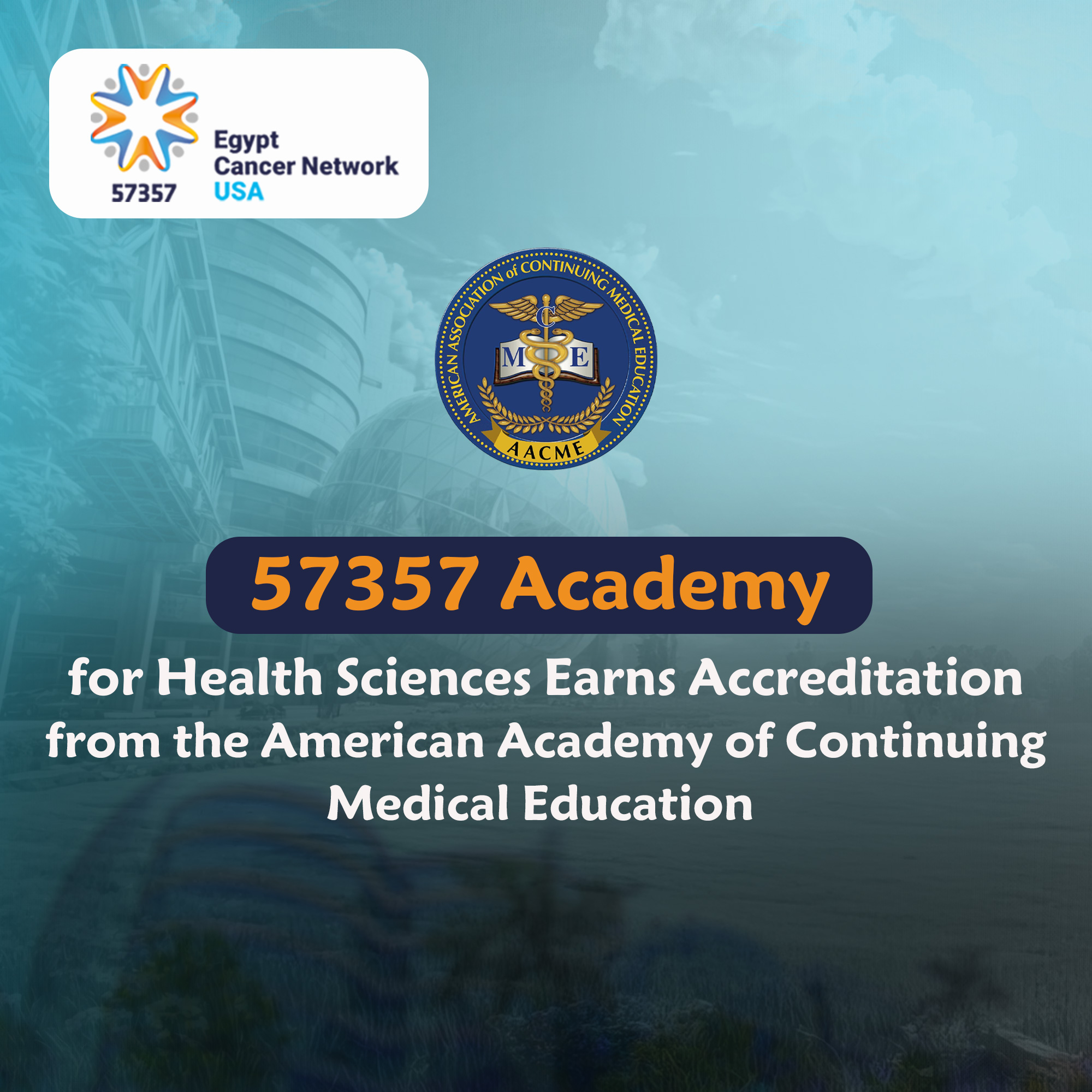In retinoblastoma cancer, awareness and early detection are key to quality survival
We had the privilege of chatting with Prof. Dr. Abdallah Elhusseiny, ocular oncology consultant and head of ophthalmology department at Hospital 57357, who despite his busy schedule was keen to share with us his experience in 57357. We found in Dr. Elhusseiny a passionate and committed eye cancer consultant who was appreciative and proud to be working in a setting that provided him with the latest technology in eye cancer treatment. Dr. Elhusseiny was for 2 years a fellow of Ocular Oncology Service, Wills Eye Hospital, US. and ocular oncology consultant at the National Eye Center, Rod El Farag, from 2003 to 2013
Excerpts of our interview with Dr. ElHusseiny:
M.D.:Is it true that we have reached a 97.8% survival rate in intraocular retinoblastoma and exceeded the world rate of 97% and for the extra ocular form of the disease, we have also exceeded the world rate?
A.E.: I prefer looking at the disease as a whole when talking about survival rates and we can safely advance that we have reached world survival rates in retinoblastoma. Thanks to the latest technology equipment provided by the Hospital and to a team of professional consultants, surgeons, oncologists, and healthcare providers, we are able to achieve these results.
The department is equipped with the most recent camera “ret-cam3” to image the tumor and “OCT” equipment to image the retina. Following the latest protocols and having the latest equipment that are not found elsewhere in Egypt have made of 57357 the safe haven and destination of ophthalmology cancer patients. The Hospital is capable of hosting almost the totality of ophthalmology cancer in children in Egypt.

- K.: Can you tell us more about the disease, its symptoms and diagnosis?
Retinoblastoma disease incidences in children occur usually between the ages of 0 and 5 years. 40% of them will get the disease for hereditary reasons so in case of retinoblastoma history in the parents’ families, the child must be checked by an ophthalmologist right after birth. The remaining 60% will get the disease because of a certain gene mutation during the early stages of intrauterine development of the baby. Tumors may form in one eye or both eyes and are labeled intraocular and they can spread outside the eye (extraocular retinoblastoma). Rarely, a separate tumor develops in the brain, (trilateral retinoblastoma).
Due to lack of awareness, it takes the family three months in average to notice the symptoms and go to a doctor. The most common early sign of retinoblastoma is a white glow in the pupil of the affected eye, seen in flash photographs or sometimes by the naked eye in dim light when the cancer fills the eye or in very young babies. Other symptoms include a squint, red, painful or swollen eye. These may be misdiagnosed by doctors leading to more delay in diagnosis and accordingly we receive the patient late. Early diagnosis enables us to avoid eye removal and sometimes avoid chemotherapy too and the patient can be treated by laser only.
M.D.: From all of the above, we understand that disease awareness is key to avoid complications?
A.E.: Absolutely, childhood eye cancer can be cured with early diagnosis and rapid expert care. For we are confronted with a disease that is highly malignant where if expanded outside the eye, mortality rates would be very high and where we are not only fighting to save lives but also to save the vision of the child and to keep the eye without removal for better cosmetic appearance. In developed countries, although more than 96% of children are cured from the disease, still many go through the removal of the eye to protect their life and some will have both eyes removed to prevent the spread of cancer in other parts of the body.
Again, I want to stress the fact that if we catch the disease at a very early stage, the cure can occur with only a laser procedure without the need of eye removal. Families with a history of retinoblastoma have to get their babies checked right after birth. Unfortunately, in many cases, the parents themselves have tried to hide on each other the existence of retinoblastoma incidence in their families.
M.D.: What is the incidence of retinoblastoma globally and at Hospital 57357?
Globally, about 100 in one million births develop retinoblastoma, and it is estimated that around 9,000 children are newly affected each year. Due to global population distribution, 90% of these children live in developing countries.
At the Hospital we receive about 150 retinoblastoma cancer patients a year, and these represent 5% of all cancer cases accepted by the Hospital during the year.
S.K.: How do you decide on the treatment plan?
After accepting a patient, he goes through investigations for accurate diagnosis, then, within the combined clinic, the team members decide on the treatment plan for each case, as some cases may need eye removal and some may need chemotherapy. At 57357, we have succeeded in avoiding removal of the eye in 50% of the cases.
In 57357, retinoblastoma cases are rapidly admitted to the Hospital, as the patient can leave the Hospital few hours after the surgery, and may come back for chemotherapy if required.
M.D.: Do we still use radiotherapy for our patients?
A.E.: We are using the localized radioactive disc in selected cases with excellent results. However, we are trying to avoid the diffuse radiotherapy as much as we can for our patients due to the proven toxicity.
We started recently in the hospital to give our child more chemotherapy to the eye by injecting a chemotherapy drug either directly into the eye or into a catheter in the main artery of the eye through the brain.
M.D.: If the child has the cancer in one eye and the plan of treatment is to remove the eye, can you tell us is he considered cured?
A.E.: Definitely yes, the child will leave the hospital few hours after surgery and the removed eye will be examined by our team of the pathology department to decide the need for prophylaxis chemotherapy. After that we will continue to check the other normal eye under anesthesia till 5 years of patient’s age
M.D.: How long does it take to treat a child with a retinoblastoma in one eye or both eyes with chemotherapy?
A.E.: Chemotherapy will be given for 6 cycles in about 6 months by our chemotherapy team. During these cycles we treat the cancer inside the eye with laser therapy and cryotherapy
After finishing chemotherapy we continue to follow up the patient under anesthesia every 1-2 months for a year and continue laser or cryotherapy treatment if needed
The child will be examined till 5 years of age under anesthesia according to the schedule and after that repeated examinations in the clinic will be done every year with a prescription of glasses if needed.
.



 Donate Now
Donate Now

